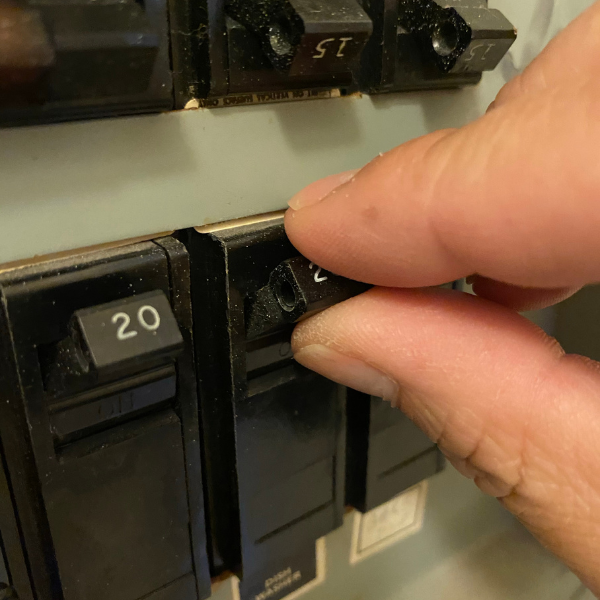A Basic Guide to Fuse Boxes for Homeowners
A service panel, also known as a fuse box, is the starting point of the entire electrical system of a house.
A service panel, also known as a fuse box, is the starting point of the entire electrical system of a house. It receives energy from a utility provider and distributes it around the house. Therefore, knowing how it works is paramount to detecting potential problems with the energy supply. Here is an essential guide to fuse boxes for homeowners:
Types of fuse boxes
There are two types of fuse boxes: one uses fuses, and the other one uses breakers.
Fuses are older technology. They are disposable and created to protect a house from electrical shorts or overload. One must remove the fuse from the box to shut off the power.
However, that’s not the case with a breaker panel. This versatile technology will automatically trip in case of an overload or a short. It’s also possible to shut off the power by tripping the breaker.
Different types of fuses
Fuses generally come in two varieties: Type-S and Type-T. The main difference between them is the base. Type-S fuses use a rejection base that can only fit an Edison-type socket with an adapter.
In contrast, Type-T fuses have Edison bases resembling a light bulb base. These are typically found on older panels.
The rejection-based fuses prevent the use of the wrong fuse in electrical panels. For example, a 20-A fuse in a circuit rated 15-A may cause an overload.
Understanding the basics of fuse boxes may help homeowners deal with minor electric issues. However, contacting a professional electrician is recommended before dealing with electric components, as it could be dangerous.
Fuse box anatomy
The anatomy of both kinds of panels is very different.
A breaker panel is organized into separate columns of on and off switches. Moving it back to the on position when a breaker trips will solve most issues.
In the case of fuse boxes, it’s more challenging to identify the defective fuse. Testing its connectivity is the only way to detect a blown fuse.
Most households have one fuse box to control the entire electrical system. However, some houses have more than one to control specific areas of the house.
Behind the switches or fuses, an inner panel protects the internal wiring. It’s a good idea to contact an electrician to handle any wiring repair to minimize risks to the homeowner and property.
Safety first
The power has to be off before inspecting the state of the fuses. With a breaker panel, the safest choice is to switch off the main breaker before removing the cover. Seek the assistance of a professional electrician if unable to find the source of the issue or if one lacks the confidence to perform the assessment.
Zimmerman Electric is a reliable residential and commercial electrician in Redondo Beach, CA. Our residential services include general electric services, electrical remodeling, circuit breaker repair, electric panel installations, electrical repair & testing, electrical wiring & outlets, emergency electrician, home lighting, and TV installation services. We are licensed, bonded, insured, and highly-rated. Call us today.

